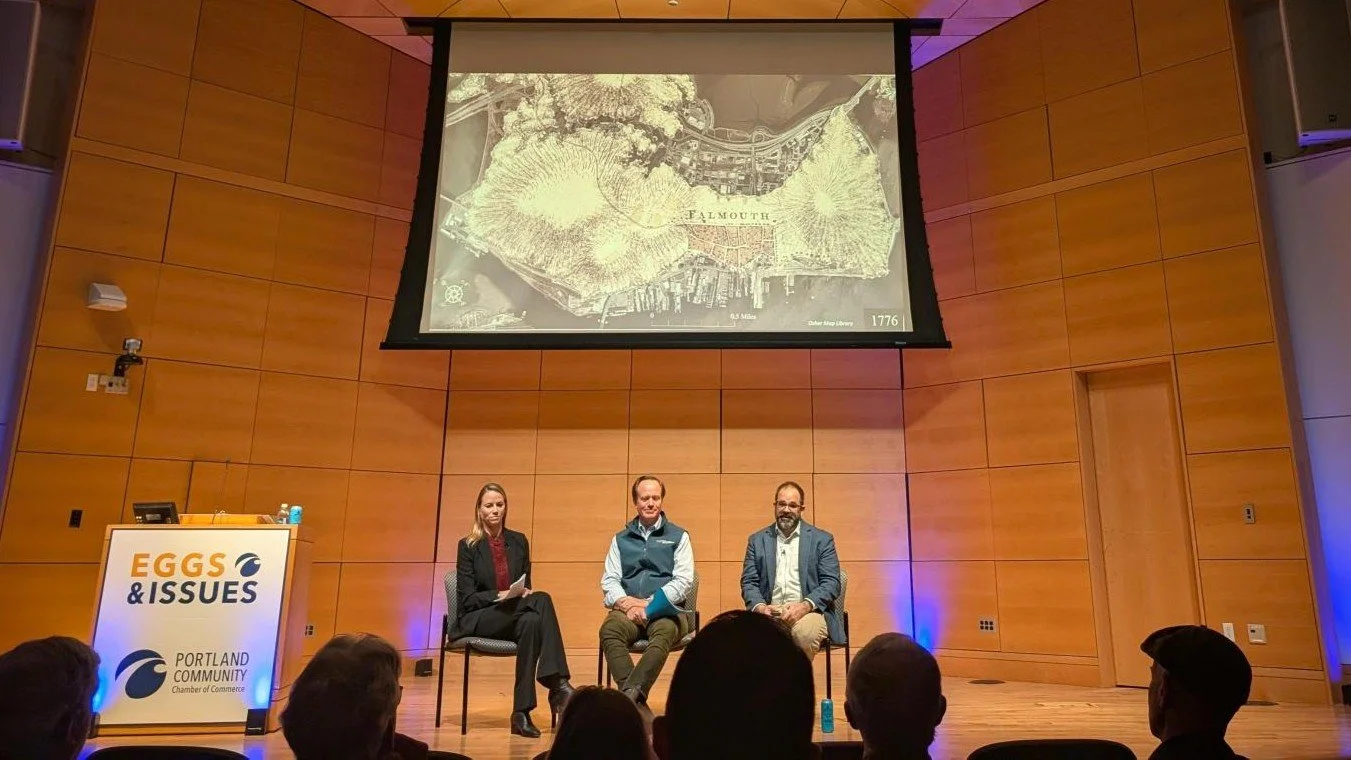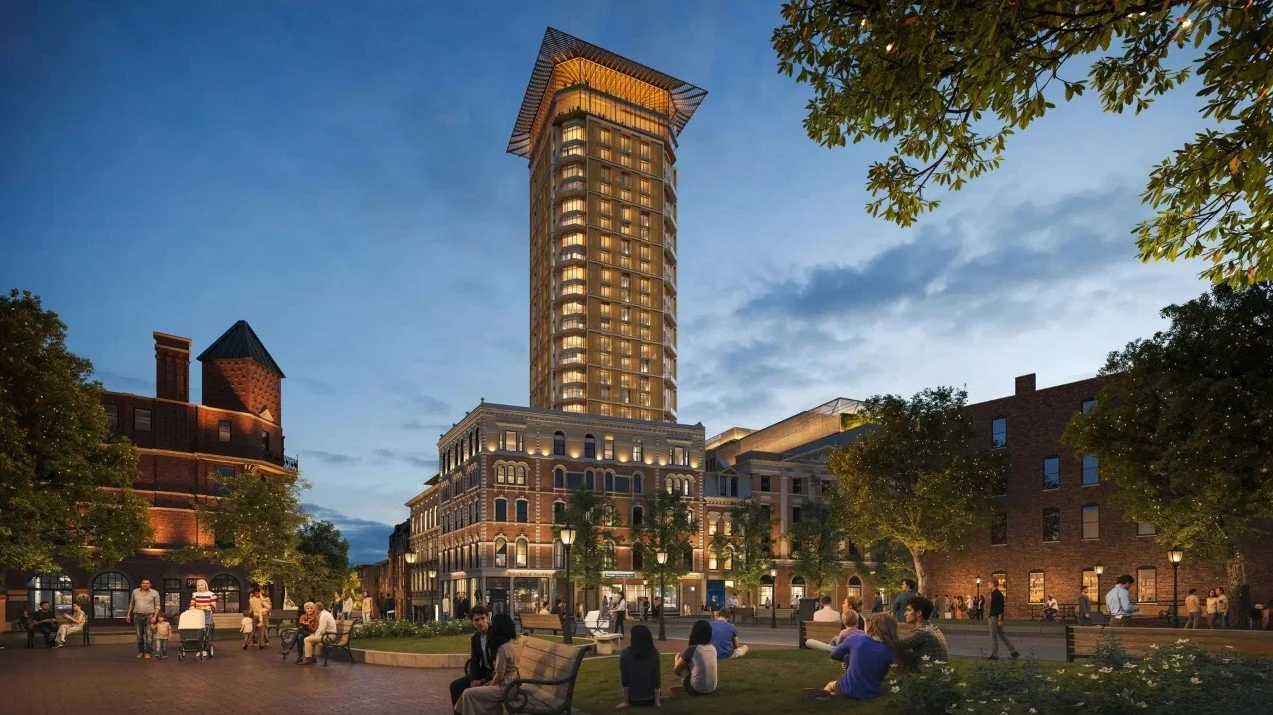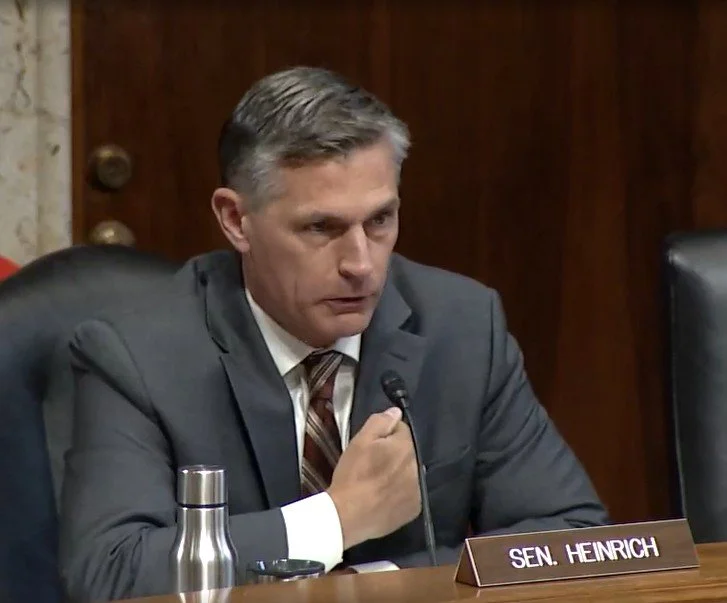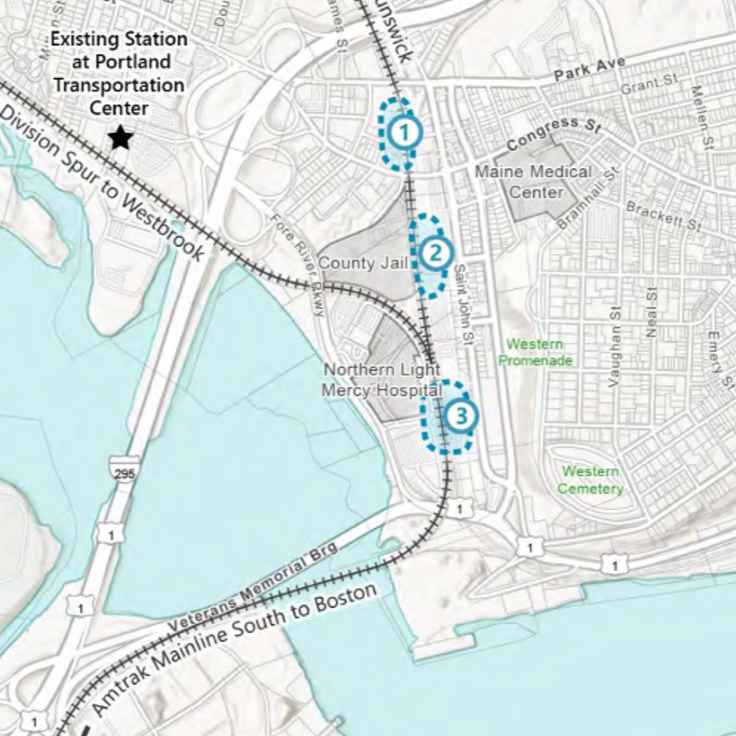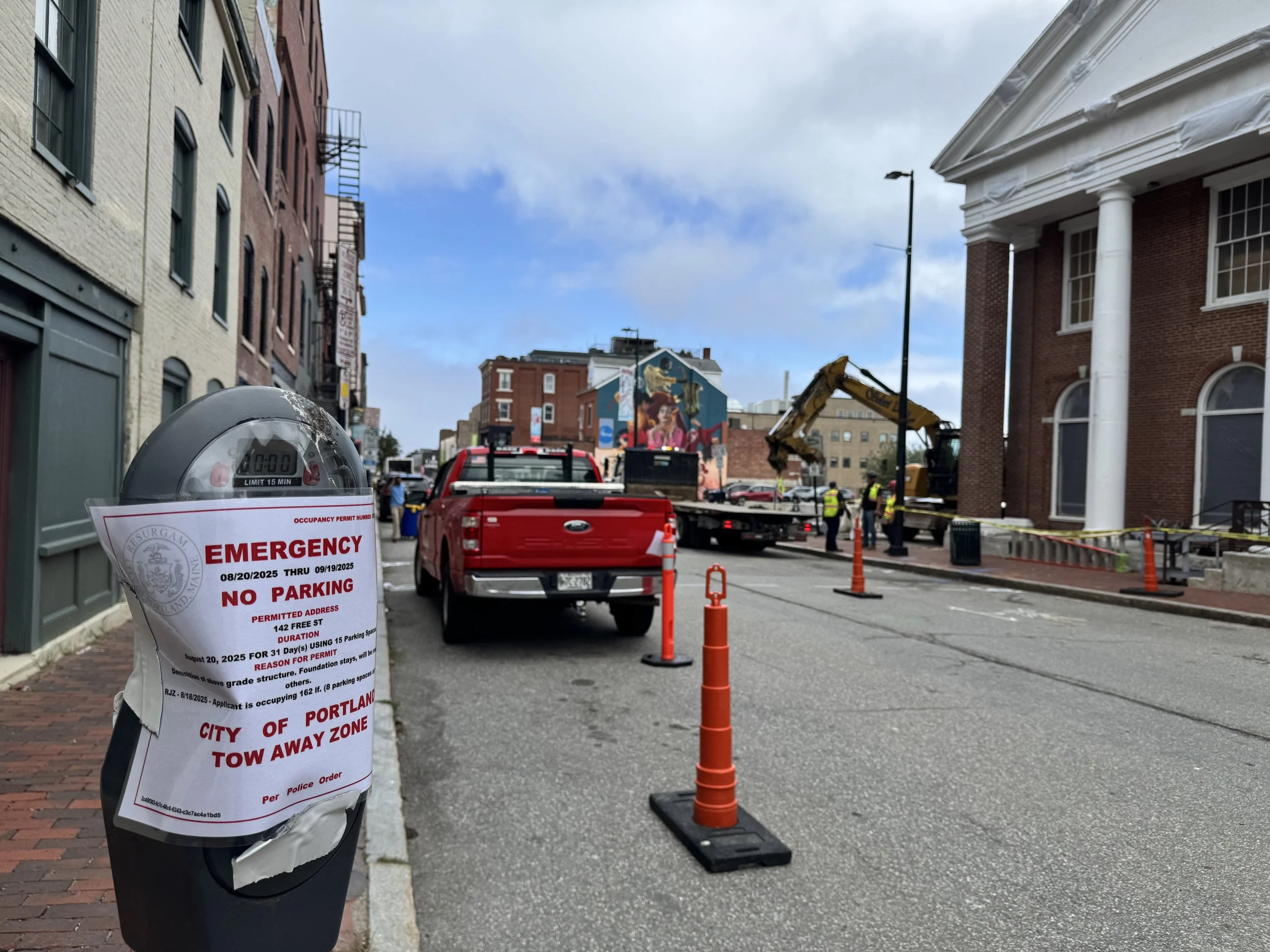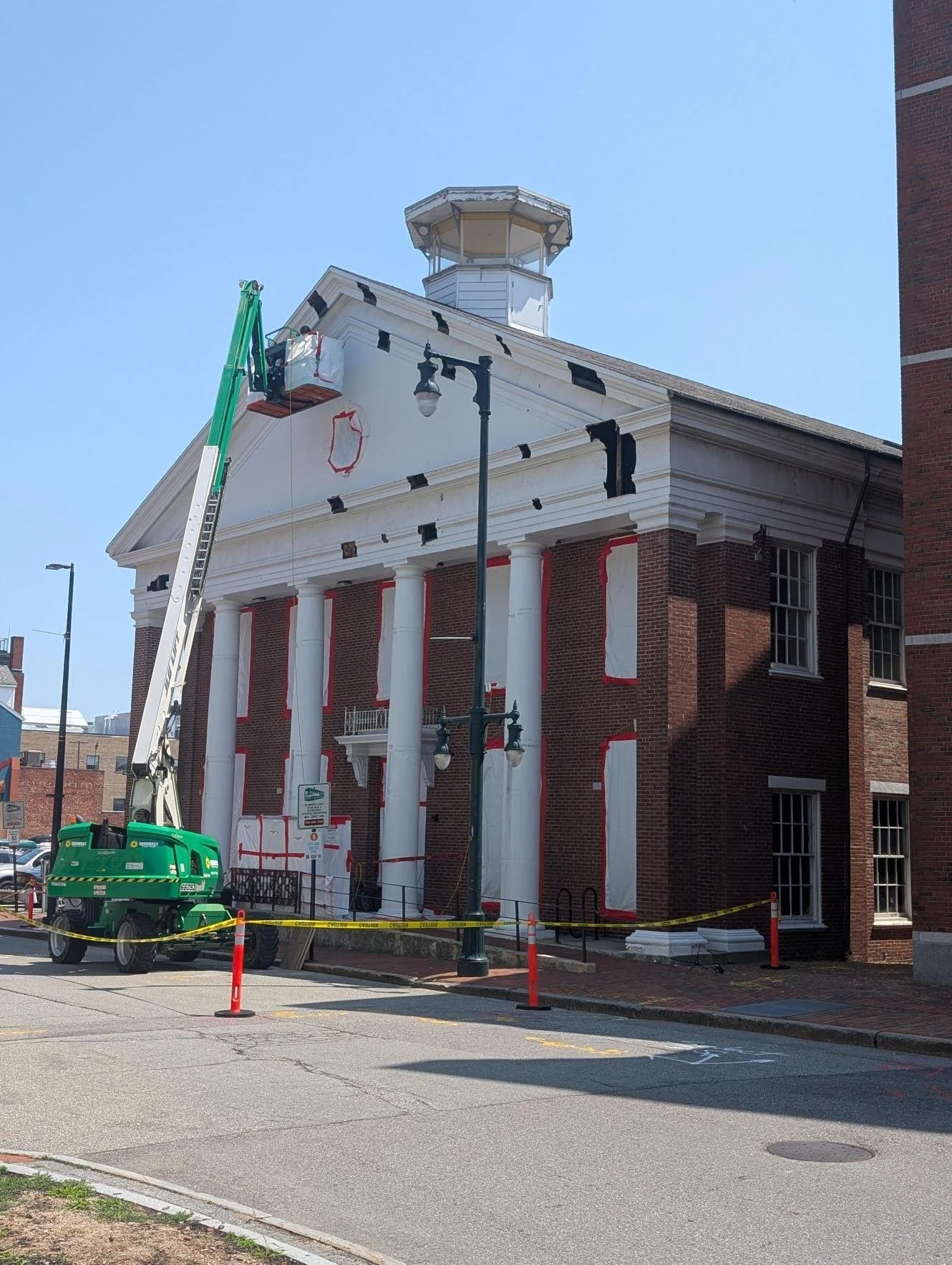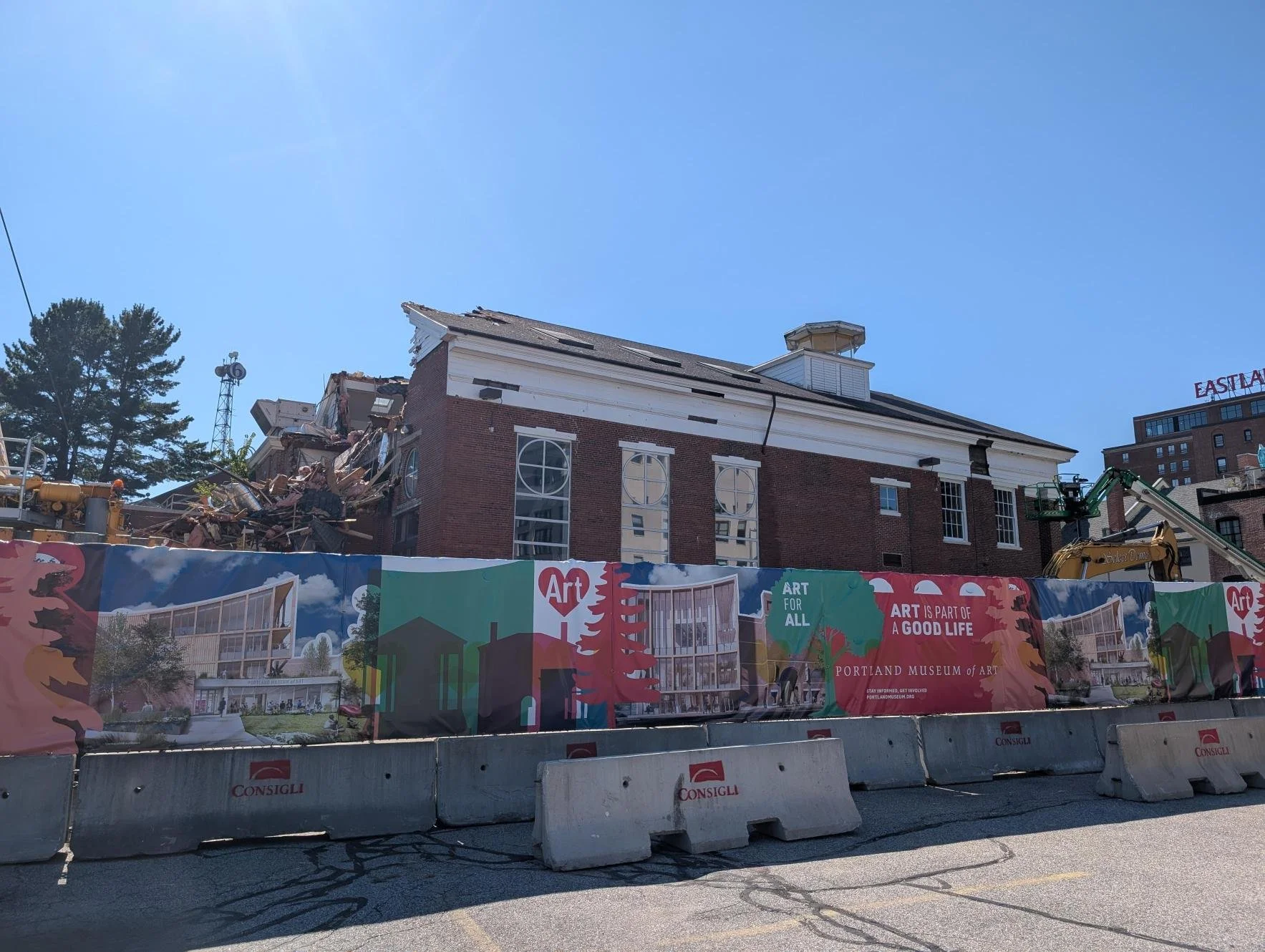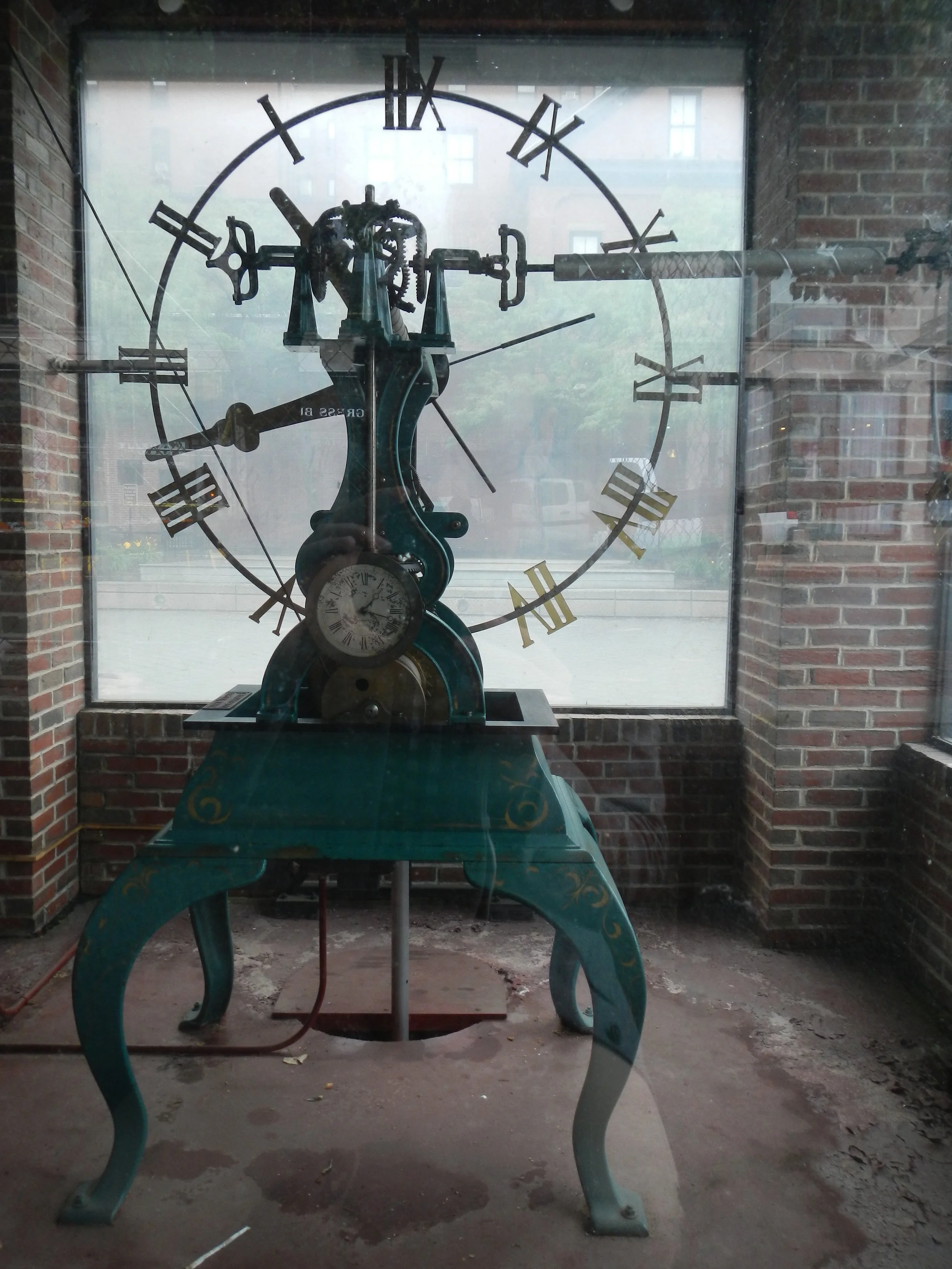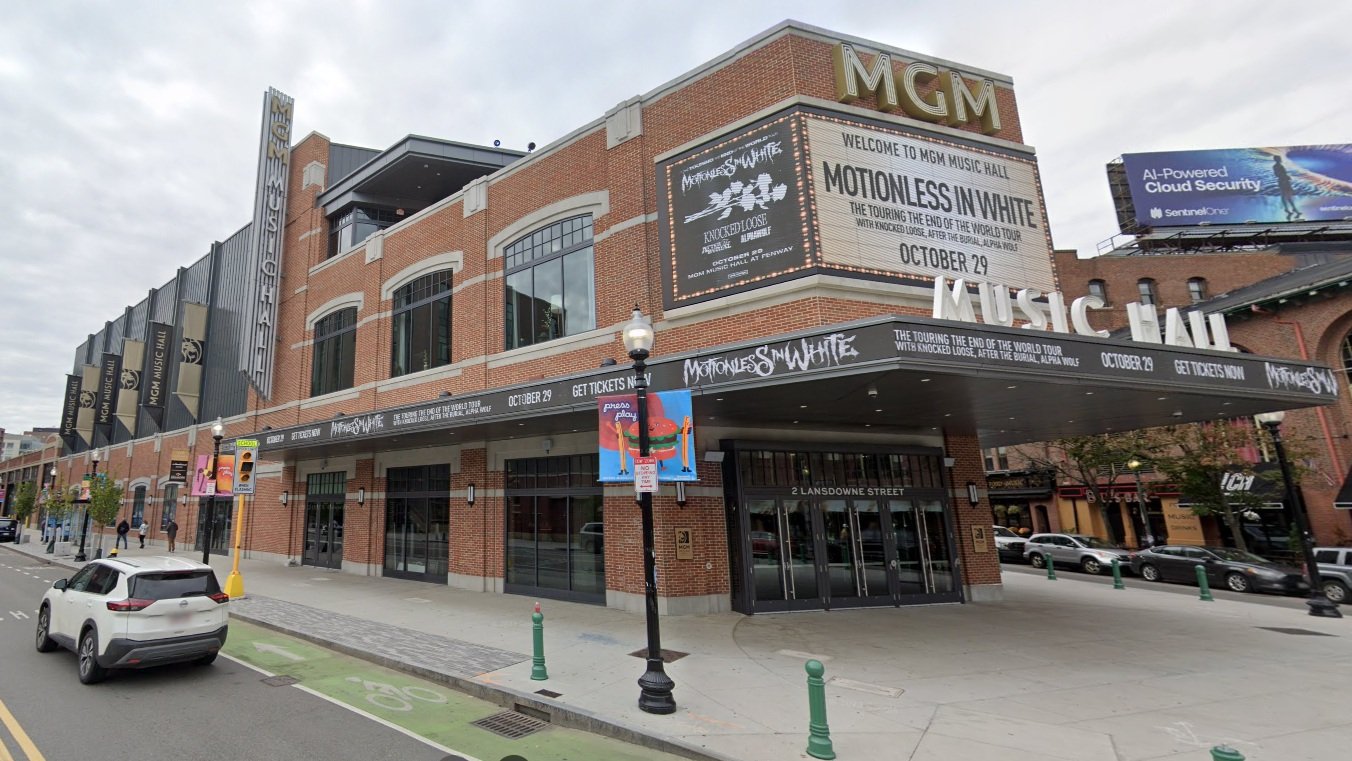1. Collaboration and Camaraderie: GPL was delighted to attend the Maine Association of Nonprofits’ recent “Together for Good” conference. Fellow nonprofit staff members from across the state gathered to share stories, learn from others’ experiences, and find ways to collaborate. We love partnering with advocates who share our goals, so we look forward to future joint events, programs, and efforts with other Maine nonprofits!
2. National Messaging: Exciting anniversaries are coming up for the preservation community and for the country, including the 205th anniversary of the signing of the Declaration of Independence, the 60th anniversary of the National Historic Preservation Act, and the 50th anniversaries of the Historic Preservation Fund and the Historic Tax Credit. These occasions call for celebration, but within this moment we also must elevate the series of concerning efforts by the current administration to undermine our progress, including harmful Executive Orders, staff and funding cuts to preservation programs, policy changes that weaken preservation processes, and threats to historic resources. GPL Director of Advocacy Alison Frazee connected with preservation partners at national organizations and called for a conversation about a messaging campaign. There are thousands of preservation professionals across the country, and millions of Americans who value history and historic preservation. A nationwide messaging campaign could unify these voices and make our priorities clear as we celebrate the birth of our nation. The first meeting of this group was held virtually this week with representation from a number of national organizations and preservation leadership. We are excited to help lead this effort toward national messaging moving forward and will remain engaged.
3. Eggs and Issues, Our Changing Climate: Kate and Alison attended a panel discussion on December 11 hosted by the Portland Community Chamber of Commerce focused on sea level rise and how scientists and nonprofits, such as the experts at the Gulf of Maine Research Institute, can partner with local businesses and City leadership to find and finance solutions. Historic preservation professionals across the country have been uplifting the urgency of sea level rise for years since most of the historic cities and resources in the US are on waterways- the prominent form of transportation in the country’s foundational years. After the panel discussion, we were able to chat with Portland’s District 1 Councilor Sarah Michniewicz about these challenges, and she introduced us to the two panelists, Glenn Pickett (President and CEO of GMRI) and Dr. David Reidmiller (Chief Impact Officer of GMRI), both of whom agreed a follow-up conversation with GPL would be fruitful. We look forward to further discussions about protecting Portland’s historic resources from the impacts of climate change.
4. Old Port Sq.: East Brown Cow presented their Old Port Sq. tower proposal for 45 Union Street at the December 9th Planning Board hearing, and received approval. GPL has been in dialogue with the project team, and we provided input to the Planning Board in a letter and in public comments. Recognizing certain factors of the project are as of right, we focused our input on the design, materials, and relationship with the adjacent Old Port historic district, and made several recommendations to the applicant and the Planning Board, including urging that a protection plan be in place for adjacent historic buildings during construction, and that a condition of approval be that any substantial future changes to material or design come before the Planning Board for review and approval as an amendment. We are heartened by the applicant’s commitment to protecting neighboring structures, and the Planning Board’s inclusion of our recommended condition of approval. A summary of our position is below, and our full letter is linked here.
For over 60 years GPL has worked to protect Portland’s heritage, strengthen its identity, and foster a vibrant, livable community. Portland has seen many eras of growth and change, from its initial settlement to rebirth after the fire of 1866 to its first skyscrapers on Congress Street to now, with new height limits established in ReCode encouraging downtown growth and potentially the tallest buildings in Maine.
The proposed Old Port Sq. Tower will have a tremendous impact on Portland’s skyline and is likely to be the first of additional tall buildings where this height is now allowed. So it is crucial that we set a strong precedent for high-quality design, materials, and execution. Just outside the Old Port historic district, the tower will be experienced prominently from within its historic streetscapes and its visual relationship must be carefully assessed. Across the globe there are many successful examples of contemporary design next to historic character, and if done well, this kind of juxtaposition can add vibrancy and visual interest to a city.
GPL has had the opportunity to discuss this project several times with Jacob Soley and the East Brown Cow team and we appreciate their accessibility and collegial conversations. They have approached this project thoughtfully and proposed a design that is bold and of its time yet contextual in materials and expression with the historic buildings it will be in conversation with, will add housing, hotel, and retail uses, and will create lively pedestrian connections at the street level. As our letter outlined in more detail, we raised some outstanding concerns for the Board’s consideration:
While we find the mass timber roof design to be an interesting cap to the building, it is somewhat unprecedented in this climate at the proposed height. We recommend further testing of the material under these specific conditions.
The success of this project depends on the quality of the design and materials. We urge the Planning Board to review any changes to the approved design or materials moving forward, whether due to value engineering or another reason, as a condition of approval.
We recommend the crosswalk on Exchange Street be a minimal, contextual intervention ensuring safety while using materials similar to other recent Old Port accessible crosswalks.
Given the height and angle it will be viewed by the public, we urge reconsideration of the taller mechanical screening on the roof to ensure that it is proportional with the building’s architectural expression.
After discussion and public comments, the four members of the Planning Board present voted unanimously to approve the project, noting that the proposal is as-of-right and meets the required standards. We appreciate the Board’s inclusion of our recommended condition of approval to ensure that the quality of design and materials presented to the city for this approval will be upheld through design and construction. And we appreciate and encourage the open dialogue with East Brown Cow through this process.




